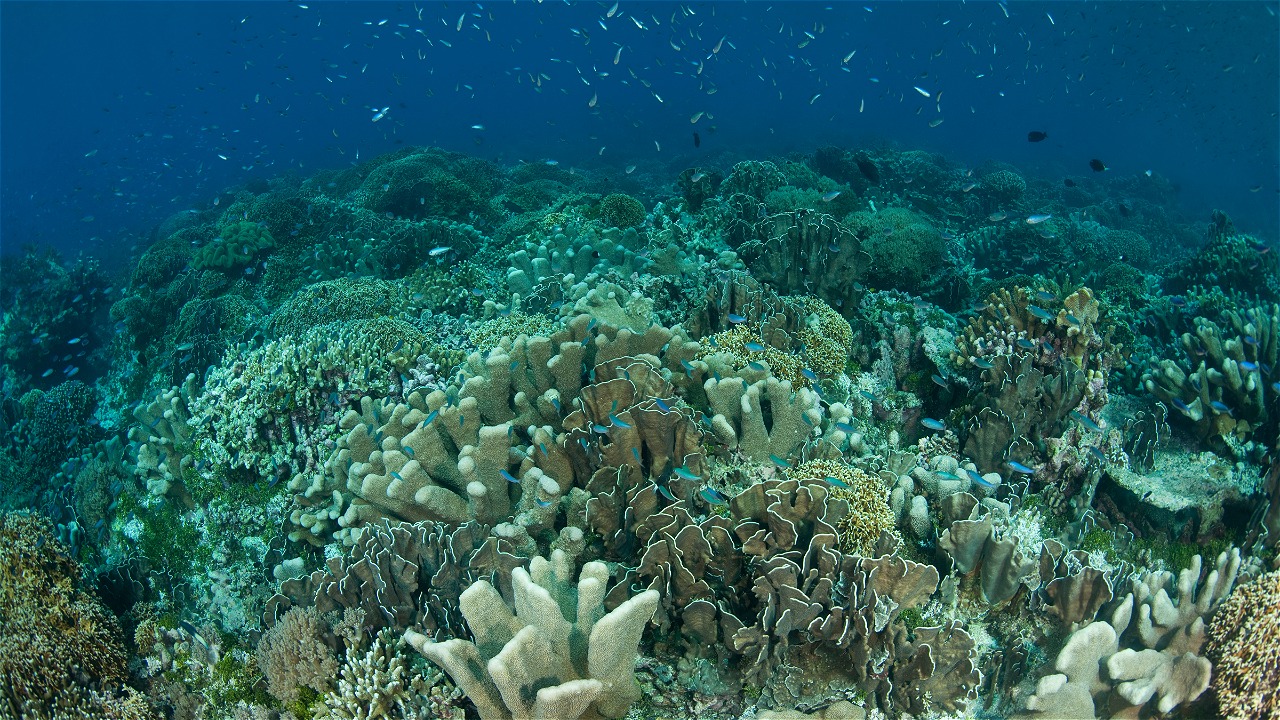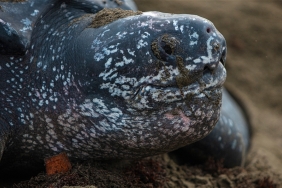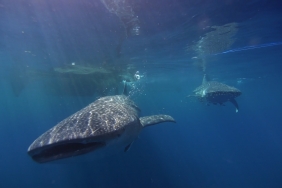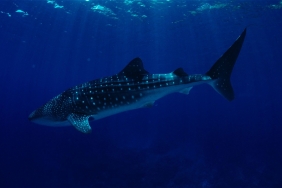STAR READING SCIENCE
By: Ignatia Dyahapsari (WWF-Indonesia)
It was already dark, the lights on Menami's masts were on. I saw Om Diy (WWF-Indonesia) sitting on the bridge of the ship, facing our wheelhouse. Om Diy is the helmsman of the Menami. He has been with Menami since he joined WWF-Indonesia in 2007.
I decided to approach him and relax for a while. I didn't realize that there were so many stars. The conversation with Om Diy also led to knowledge about reading stars.
Since childhood, he often followed his father to sea. In the past, fishermen went to sea without using a compass or tools such as GPS. With limited technology, understanding nature is a way for humans to survive.
One of them is by understanding constellations. From Om Diy, I learned that stars have their rising and setting hours, just like Mahatari. But, there are also stars that do not sink. Stars are also not all the same color, some are red, some are brighter, and some are dimmer.
I didn't pay much attention before. But after looking more carefully, I understood what Om Diy was talking about with red stars. Apparently, the light rays are red in color.
He said that the red star will disappear, but the time is different from the sun. Not all stars have the same rising and setting times. The length of time they are in the sky also varies.
"Look at the bright stars over there, the brighter ones have shapes," said Om Diy, trying to answer my question about how to read the stars. "That's the brightest one kalo connected to a question mark, meaning it's the north," he continued.
The stars will not disappear because they are the cardinal directions. In addition to the question mark, there is also a collection of stars that indicate the south direction with the shape of a stingray that has a tail. This is the benchmark for Om Diy when sailing at night.
"In one of those stars, there is one star that is the brightest, called Kape Boko." he said. Kape Boko in Wanci language means Boko Fish, a black fish that exists in the depths. Om Diy doesn't really know the name of the fish in Indonesian.
"The existence of the Kape Boko star is a sign for fishermen that Boko Fish are in abundance in the waters." he said again.
From this conversation, my knowledge about stars increased. Although, admittedly, I may not be able to tell the cardinal directions after this.




